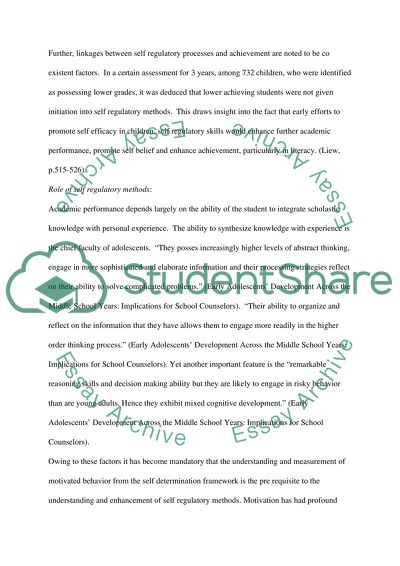Cite this document
(Self Regulation and Adolescent Choices in Friends Essay Example | Topics and Well Written Essays - 1500 words, n.d.)
Self Regulation and Adolescent Choices in Friends Essay Example | Topics and Well Written Essays - 1500 words. https://studentshare.org/psychology/1550135-self-regulation-and-adolescent-choices-in-friends
Self Regulation and Adolescent Choices in Friends Essay Example | Topics and Well Written Essays - 1500 words. https://studentshare.org/psychology/1550135-self-regulation-and-adolescent-choices-in-friends
(Self Regulation and Adolescent Choices in Friends Essay Example | Topics and Well Written Essays - 1500 Words)
Self Regulation and Adolescent Choices in Friends Essay Example | Topics and Well Written Essays - 1500 Words. https://studentshare.org/psychology/1550135-self-regulation-and-adolescent-choices-in-friends.
Self Regulation and Adolescent Choices in Friends Essay Example | Topics and Well Written Essays - 1500 Words. https://studentshare.org/psychology/1550135-self-regulation-and-adolescent-choices-in-friends.
“Self Regulation and Adolescent Choices in Friends Essay Example | Topics and Well Written Essays - 1500 Words”. https://studentshare.org/psychology/1550135-self-regulation-and-adolescent-choices-in-friends.


